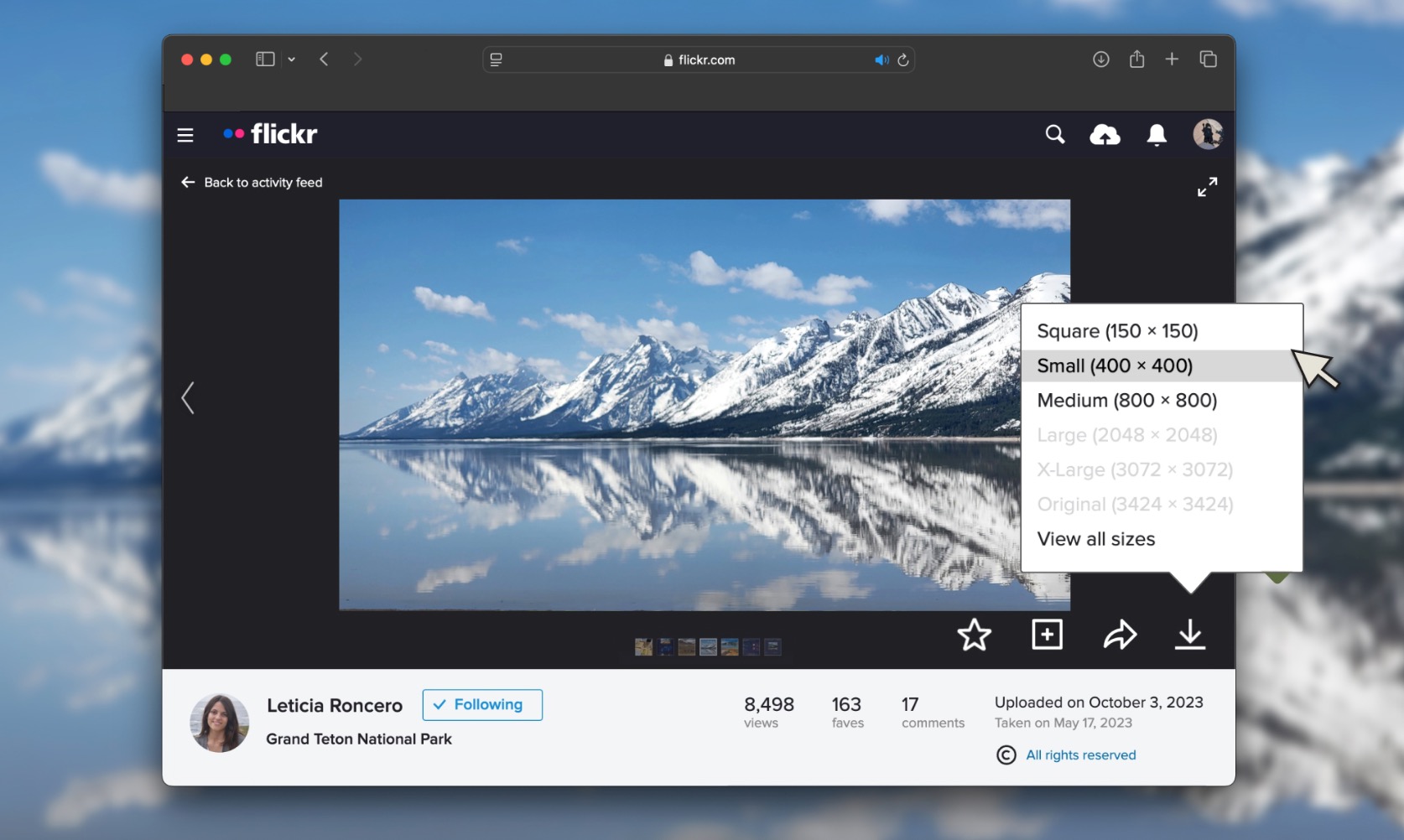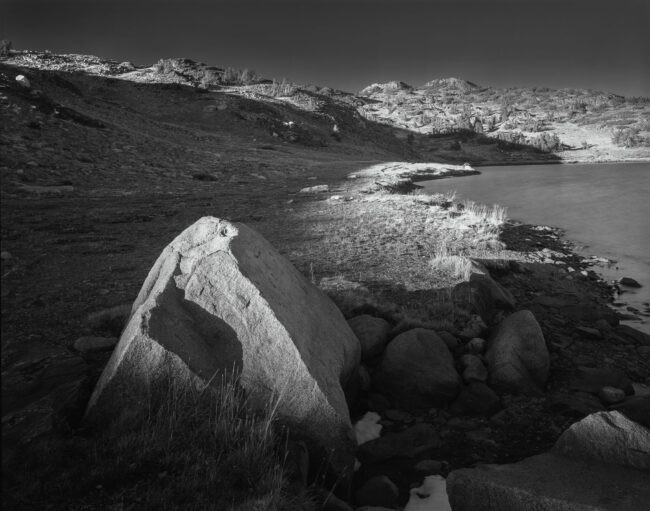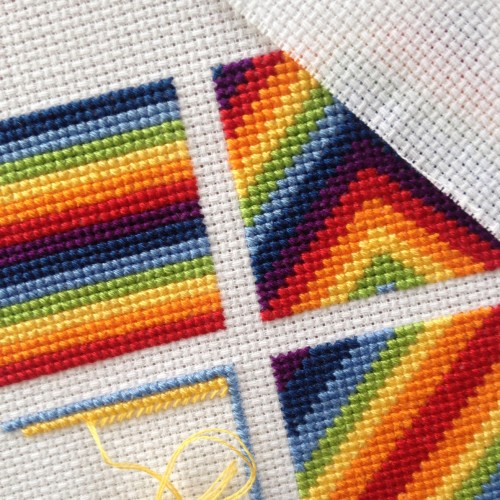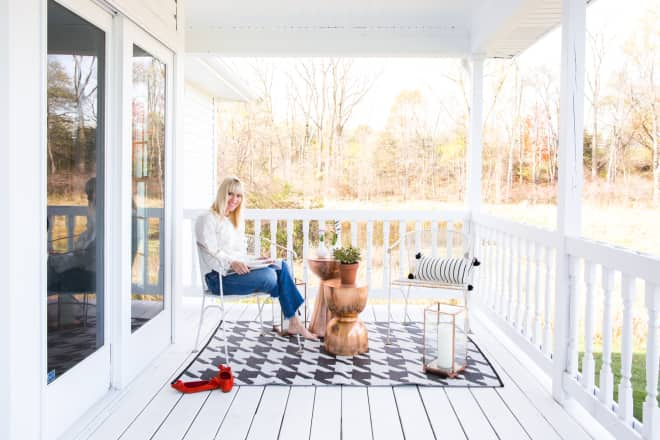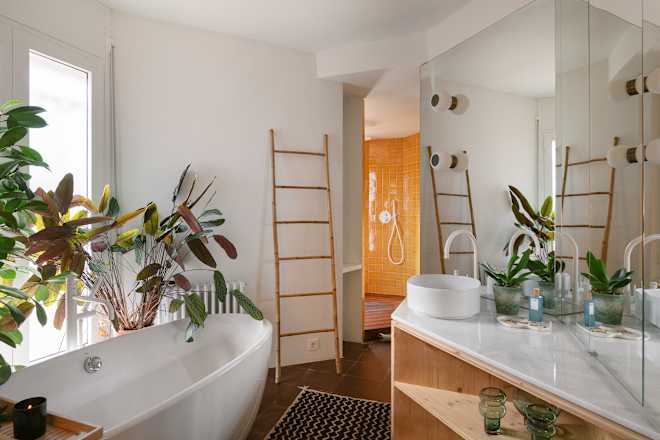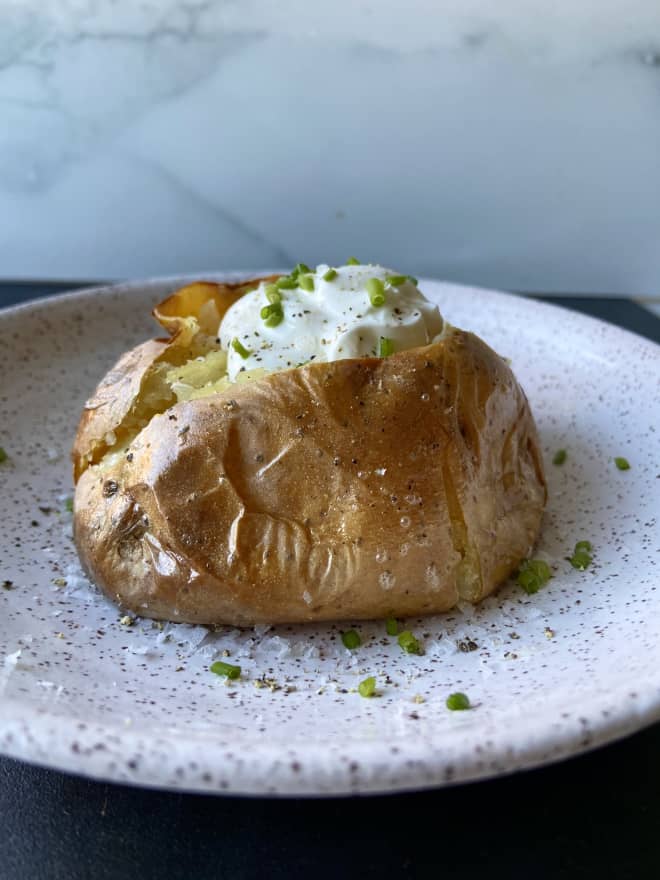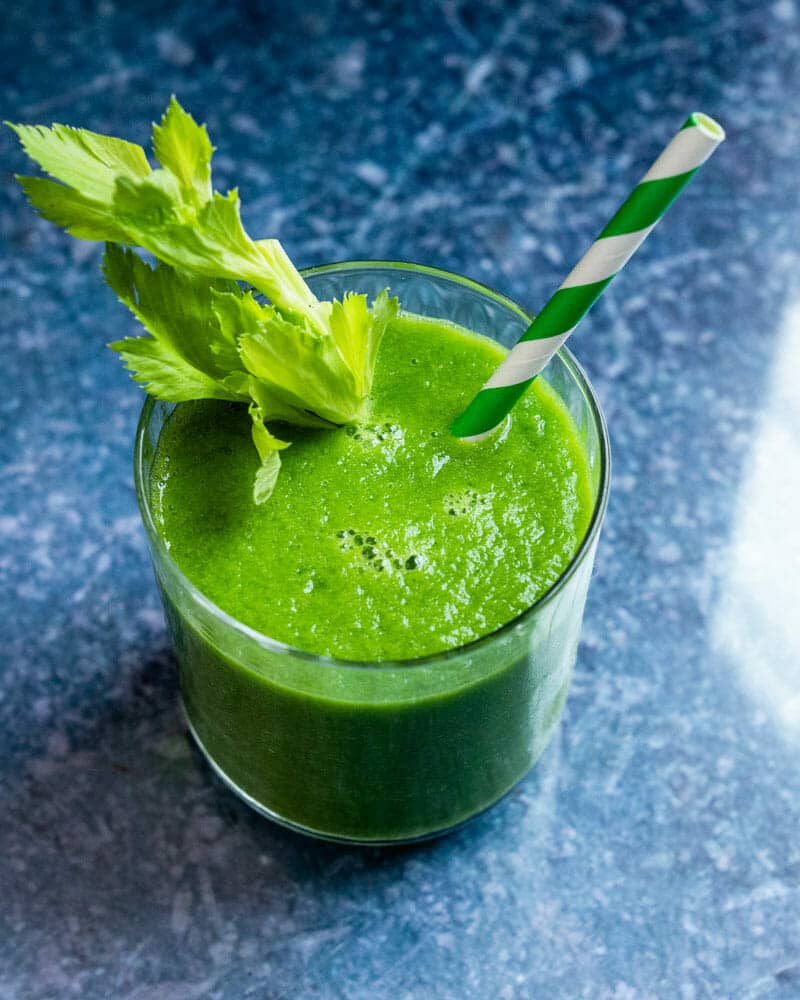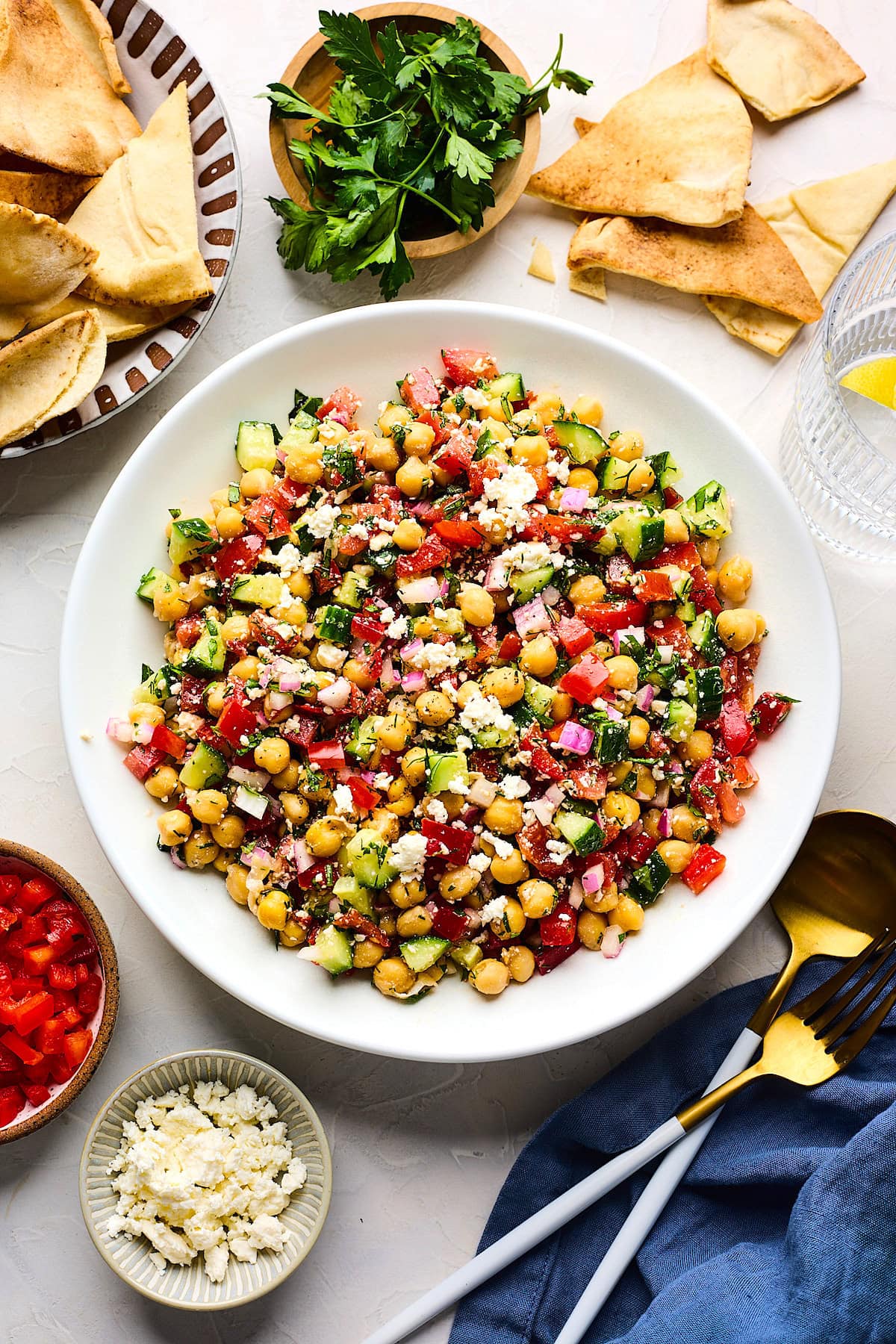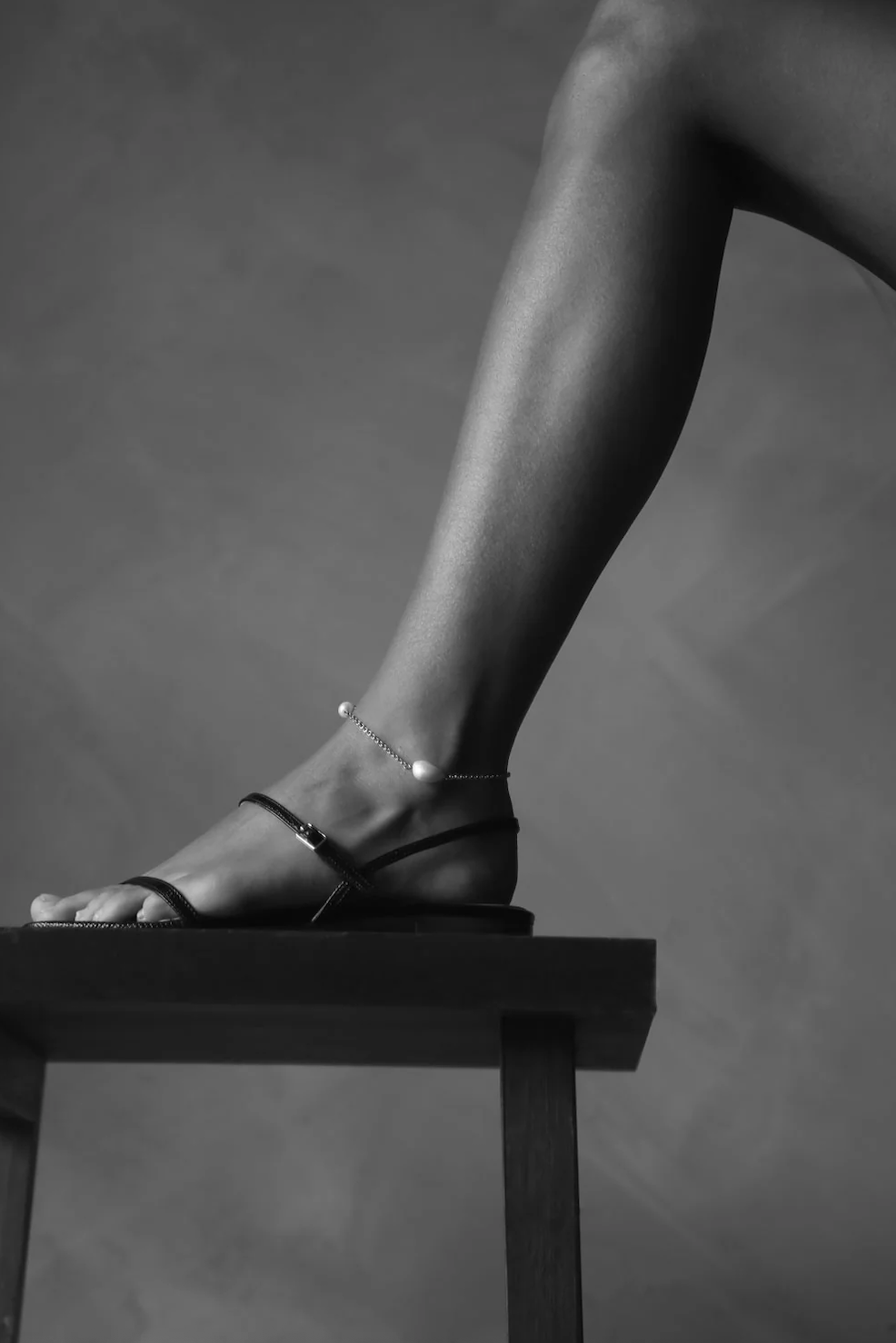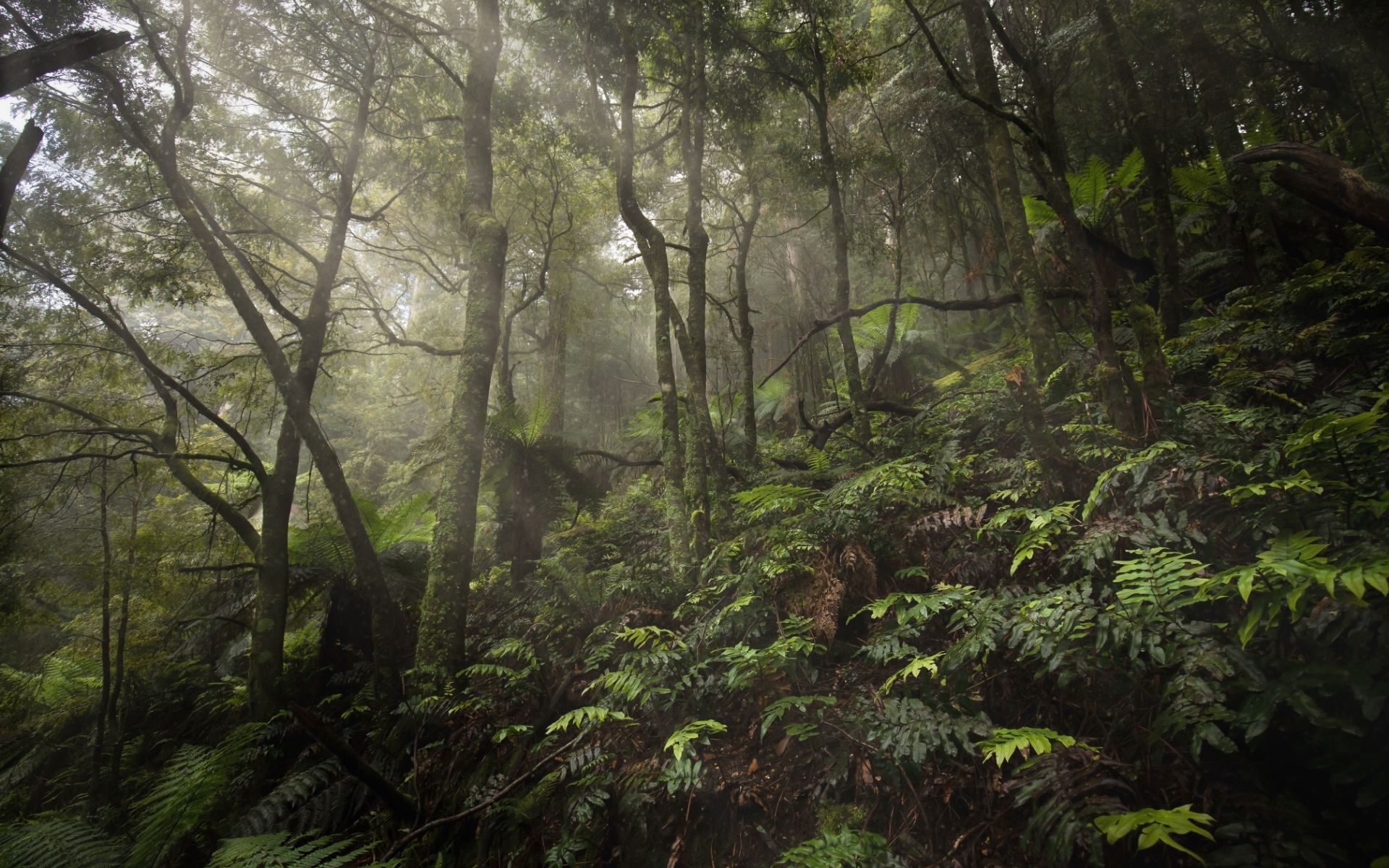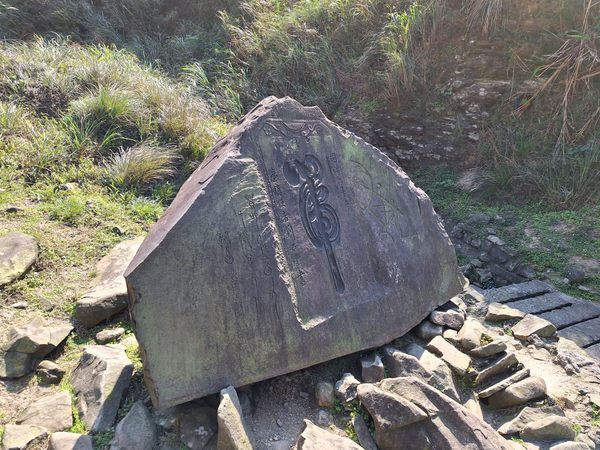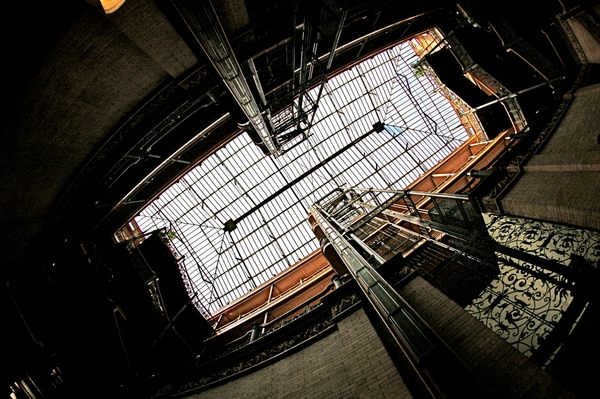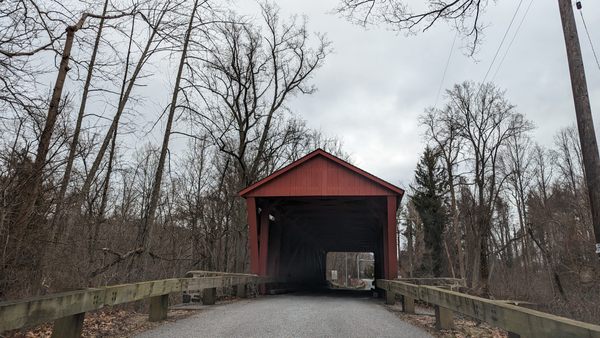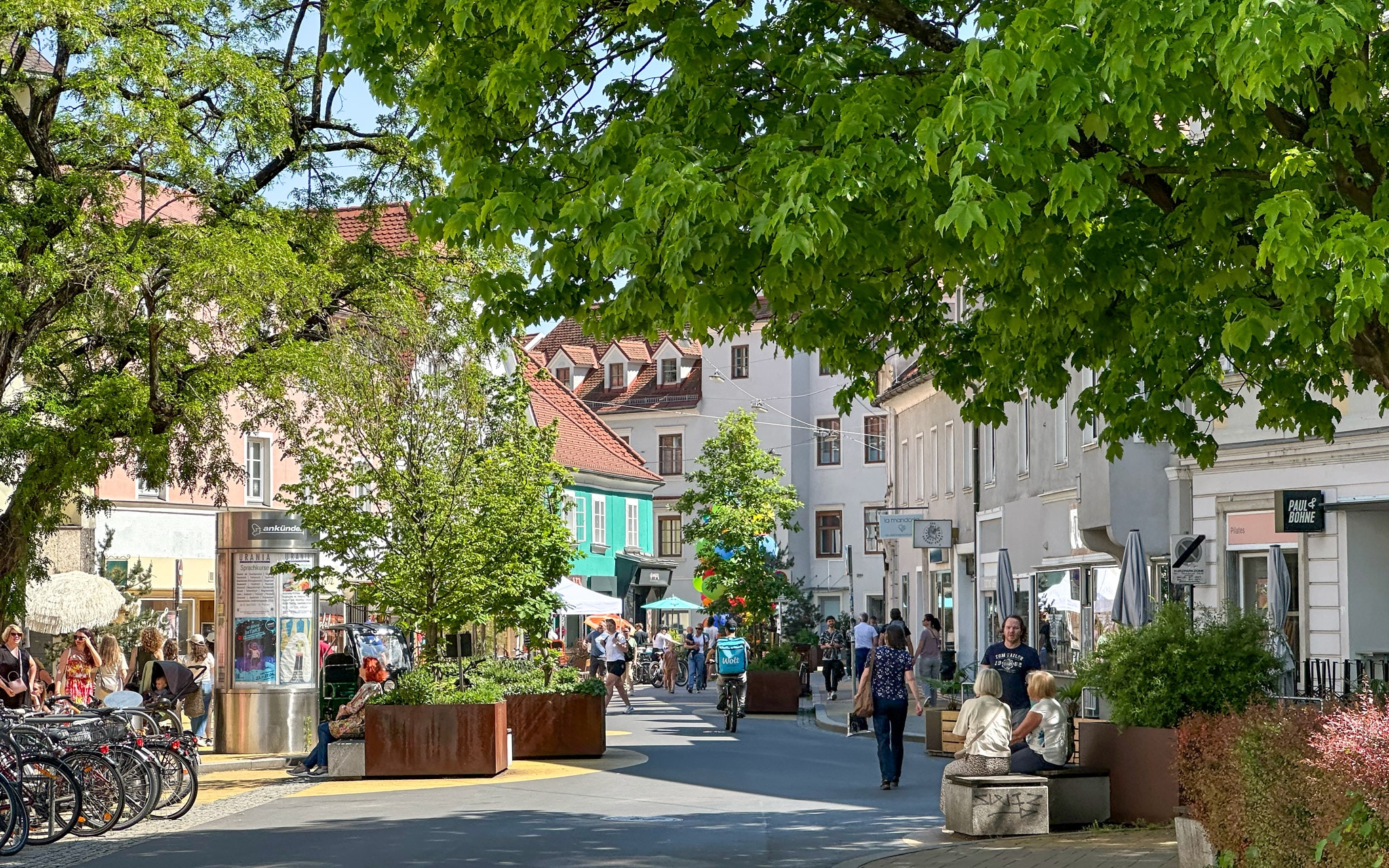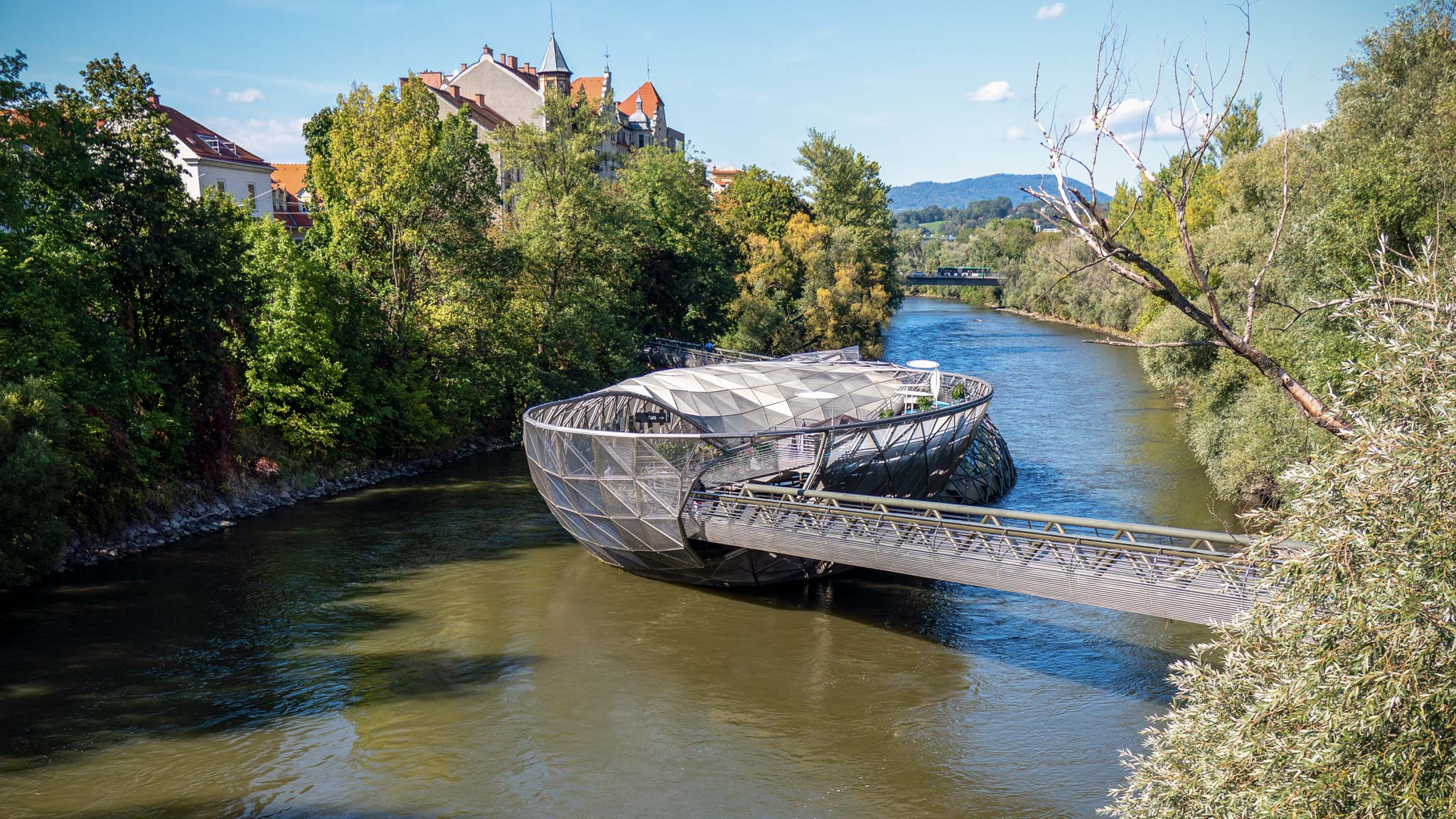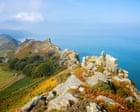The 14 best things to do in Avignon, France
Set beside the Rhône, Avignon is famed for its medieval architecture, papal history and annual arts festival. Here are the top things to do in Avignon.

Perched on the banks of the Rhône, Avignon is the gateway to Provence, and it's a great place to stop at the beginning or end of a Provence visit for a mini city break. Inside the rampart-ringed old town, curious visitors can learn about the story of Avignon as a papal city, visit Provençal gardens and people-watch from one of the cafes and leafy squares in the central pedestrian zone. You certainly won't run out of things to do in Avignon.
There's good eating here, too. Local restaurants blend the favorite French pastime of eating en terrasse with seasonal menus that flaunt flavours from the rich agricultural plains alongside the Rhône and the Durance rivers. And don’t forget Avignon’s museum scene. With half a dozen museums displaying world-class Provençal and Italian painting collections, as well as contemporary museums and galleries, the city is a top stop for lovers of the arts.
In July, Avignon fills to bursting as it hosts the Festival d'Avignon – with theater troupes walking the narrow streets in costume to promote their plays, the whole city feels like a stage. But there's plenty to keep you busy whenever you come – here are the top things to do on a visit to Avignon.
1. Take yourself on a self-guided walking tour
Avignon is a joy to explore on foot. Start your walking tour of the city center from the Pont St-Bénézet (also known as the Pont d’Avignon). This bridge is a city landmark, but over the centuries, half of its arches have been washed away by flooding along the Rhône.
Next, cross the outer road and enter the walls enclosing Avignon's historic heart. Normally, you’d be able to stroll in the English-style Jardin des Doms, but these are closed for works until 2027. Instead, visit Cathédrale Notre-Dame-des-Doms, containing the tombs of Pope Jean XXII, who anchored the papacy in Avignon during his lifetime, and his successor, Pope Benoît XII.
Continue the papal theme with a visit to the grandiose Palais des Papes. Exploring takes about an hour; some rooms have not been restored, but you can imagine how they once looked with the help of interactive tablets. Outside the palace, visit the park at Vergers Urbain V, founded by Pope Urbain V. Inspired by his childhood in the Cévennes, he spent large sums to build and keep up these orchards and nearby gardens.
Next, walk down the Rue Banasterie to reach the St-Pierre Basilica. Built in the 13th century, this Gothic church is a fine representation of the architecture and artwork of medieval Avignon (the ornately carved walnut door is worth a second glance). Finish your stroll by making your way back to the walls of the city. These ramparts were built during the reign of Pope Innocent VI during the 14th century to protect the city from mercenaries sent by the English during the Hundred Years' War.
Planning tip: Check the website of the Palais des Papes for details of kids' events and concerts inside the palace.
2. Admire the art and architecture of the Musee du Petit Palais
The archbishops' palace was constructed during the 14th and 15th centuries when the papacy moved to Avignon. It was later turned into an educational institution after the French Revolution. Now the “little palace” houses an outstanding collection of pre-Renaissance 13th- to 16th-century Italian religious paintings by Old Masters.
The most famous work here is Botticelli’s La Vierge et l’Enfant (1470), a classic Renaissance "Madonna and Child." The museum is part of the Place du Palais des Papes, at the heart of the UNESCO World Heritage site. It’s open from Wednesday to Monday. Entry is free.
Planning tip: The museum is open until 7pm in the summer high season so you can take your time exploring. 
3. Get cultured at the official (and fringe) Festival d'Avignon
For three weeks in July, the otherwise calm city of Avignon becomes a vibrant hub for the theater world, hosting international works of dance and drama. The official festival, Avignon IN, takes place across the city, with its epicenter in the UNESCO-listed old town. Tickets go on sale in April and sell out fast, although resale tickets are advertised on a noticeboard at the festival box office in Cloître St-Louis.
The unofficial fringe festival – Avignon OFF – runs at the same time. The difference between the two lies in the selection and promotion of performances – events at the IN festival are selected by a jury, while the OFF festival is more boot-strappy. As for the Edinburgh Fringe in Scotland, troupes are responsible for securing a place at the festival, renting a theater space and promoting their show.
Planning tip: Performances are mainly in French, but some are in other languages, and some shows transcend language through movement and music.
4. People watch from an Avignon bar or cafe
Who doesn’t love just settling in for an afternoon in soaking up the local vibe in France? Among Avignon's best people-watching spots are the half dozen bars lining Rue des Teinturiers beside a small canal. Just grab a space and settle in.
Hailed as Avignon’s oldest cafe, Grand Café Barretta has a sprawling terrace under a large plane tree. And if you fancy a delicious meal while you absorb the Avignon vibe, pull up a chair at Restaurant Le Coin Caché, which is tucked below the chestnut trees on the north side of the St-Pierre Basilica.
5. Wander a Provençal garden
Provence is famed for its gardens and Avignon is no exception. Across the Rhône, the Jardins de St-André, set on a hilltop by the Abbaye Saint-André in Villeneuve-lès-Avignon, is a relaxing spot to spend a spring or autumn afternoon. This Mediterranean-style garden is tended using climate-forward methods. From here you can take in views of Avignon, the Palais des Papes, the Rhône Valley and even Mont Ventoux.
Planning tip: There is a fee to enter, which some travelers think is a bit steep for the experience – you be the judge!
6. Check out Avignon’s varied performance spaces
Not here for the festival? Lovers of theater can still visit many of the city’s incredible stages. Take the Carrière de Boulbon, located in a former limestone quarry outside the city, which is absolutely worth the trip – if you can get tickets to a show, even better! The most emblematic stages of the festival have to be those in former papal and abbey courtyards; wherever the popes went, vast construction projects followed.
During their 100-year reign in Avignon, the popes commissioned courtyards, gardens and chapels that today serve as some of the Festival d’Avignon’s most unique performance spaces. Try to catch a play at the Cour d’Honneur du Palais des Papes, the Chapelle des Pénitents blancs or the Cloître des Célestins.
7. See modern art at Musée Angladon
Tiny Musée Angladon harbors an impressive collection of realist, Impressionist and expressionist treasures, including works by Cézanne, Sisley, Manet, Modigliani, Degas and Picasso – but the star piece is Van Gogh's Railway Wagons, the only painting by the artist on display in Provence. Impress your friends by pointing out that the “earth” in the painting isn’t actually paint, but bare canvas.
Planning tip: Musée Angladon is open from Tuesday to Sunday from 1pm to 6pm; the last admission is at 5:15pm. When booking your ticket, it’s also possible to organize a themed guided tour in either French or English. Check the website for details. 
8. Tour an impressive collection of fine arts at Musée Calvet
The elegant 18th-century Hôtel de Villeneuve-Martignan provides a fitting backdrop for Avignon's top fine arts museum. The Musée Calvet covers Avignon's artistic creativity from the Renaissance to the French Revolution, with 16th- to 20th-century oil paintings, 15th-century wrought iron, and the elongated landscapes of Avignonnais artist Joseph Vernet.
The associated Musée Lapidaire is housed inside the town's striking Jesuit Chapel and exhibits the archaeological collection of the Musée Calvet. There's a good display of Greek, Etruscan and Roman artifacts, but it's the Gaulish pieces that really draw the eye – including some grotesque masks and deeply strange figurines.
9. Contemplate contemporary art at Collection Lambert
The Collection Lambert is Avignon's contemporary art museum. It focuses on works from the 1960s to the present and there's always something interesting to see here. Work runs from minimalist and conceptual pieces to video and photography, providing a stark contrast to the museum's classic 18th-century mansion premises.
Planning tip: Broaden your art experience by booking a yoga workshop at the museum with Inspire Yoga Avignon. 
10. Eat your way around Avignon
Avignon has an excellent food scene with a clutch of Michelin-starred restaurants – Pollen and La Mirande – as well as Bib Gourmand recipients. For an affordable, tasty bistro on place de la Principale, Graines de Piment is also a social enterprise that gives disadvantaged youth a chance to gain work experience.
For a dependable four-course dinner, head to Avignon staple Fou de Fafa, which riffs on Mediterranean and Provençal cuisines, complemented by an excellent wine list (you'll need to book ahead). Finally, for the classic French bistro experience, head to rustic-styled L'Épicerie in the heart of old Avignon – it's the place to come for hearty meat-based dishes or a satisfying cheese platter.
11. Hunt for vintage treasures in L'Isle-sur-la-Sorgue
The town of L'Isle-sur-la-Sorgue, 30km (18 miles) east of Avignon, is home to several antiques "villages" hosting hundreds of dealers. If you're a fan of flea markets, visit L'Isle-sur-la-Sorgue on the weekend for the Sunday market – it's one of the country's largest and most famous.
If you can't come on Sunday, a smaller market is set up during the week along the village streets. Twice a year – at Easter and in August – the town is taken over by international Art, Antiques & Flea Fairs, which attract thousands of visitors from across the country and further afield.
12. Chase black truffles on a day trip to Carpentras
The Vaucluse region produces an estimated 70% of the black truffles consumed in France, and the town of Carpentras is known for its serious black truffle markets. From November through March, the Friday morning truffle market on place Aristide Briand offers a fascinating contrast to the usual busy and buzzing markets of Provence. Here, secrecy and mystery reign as chefs and wholesalers haggle for the best truffle deals. Reserve a table at Chez Serge to enjoy a dish – or dishes – flavoured with this aromatic fungus.
Planning tip: Summer truffles are less sought-after but they still have their fans. From May to September, scan local menus for summer truffles grated over salads or omelets, or sliced, drizzled with olive oil and served on toast.
13. Discover traces of Roman history in neighboring Orange
Theater doesn’t just run in Avignon’s blood – you can reconstruct the stories of the Gallo-Roman empire in the monumental Roman theater in Orange, or by wandering the ancient ruins of Vaison-la-Romaine. Both are easy day-trip destinations from Avignon.
One of the three best-preserved Roman theaters in the world (the other two are in Syria and Turkey), the UNESCO World Heritage-listed Théâtre Antique d’Orange makes for a memorable visit – its sheer size is awe-inspiring. Around 30km (19 miles) northeast, Vaison-la-Romaine sits on a partially excavated Gallo-Roman site of around 15 hectares (37 acres), making it the most spread-out open-air museum in France.
14. Taste fine wines in Châteauneuf
Even in the world of fine wines, Châteauneuf-du-Pape has a special cachet. Only 18km (11 miles) north of Avignon, it's arguably the best-known of the Rhône appellations, prized by oenophiles the world over. It's well worth a visit to investigate its prestigious wine culture.
Châteauneuf-du-Pape grapes are grown along the Rhône River, in clay soil topped with river pebbles, which absorb the sunlight during the day and diffuse it at night, providing the roots with a constant temperature. Each winemaker has their own growing tricks and only the finest grapes are selected to make wines here.
The hilltop château after which the wine is named was originally built as a summer residence for Avignon's popes in the 14th century, but it's little more than a ruin now – plundered for stone after the French Revolution and bombed by Germany in WWII for good measure. Nonetheless, the village itself is a perfect day trip destination, and you can pick up a few bottles to take home for a special occasion.
Detour: If you're travelling with kids, Château Fortia runs a fun escape game in its vineyard for children over 12. The clock is ticking as you follow the history of the domaine to gather the numbers needed for a code that unlocks a special reserve wine.
This article was adapted from Lonely Planet’s Provence & the Cote d'Azur guidebook, published in May 2024.




















